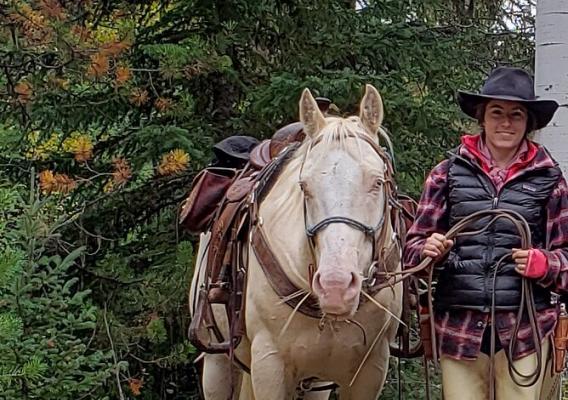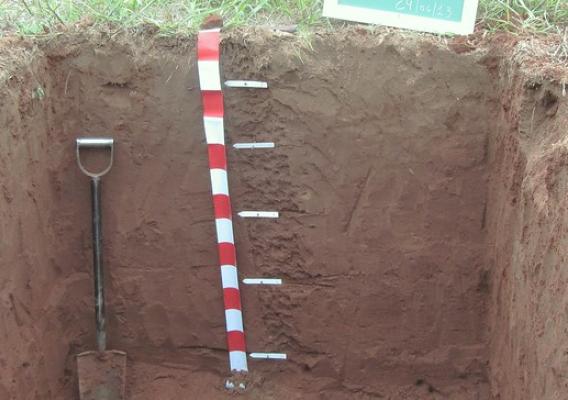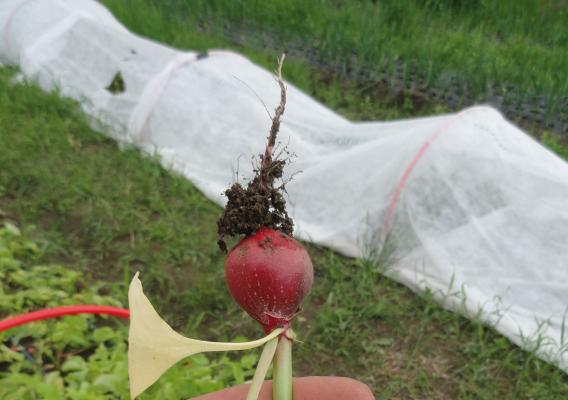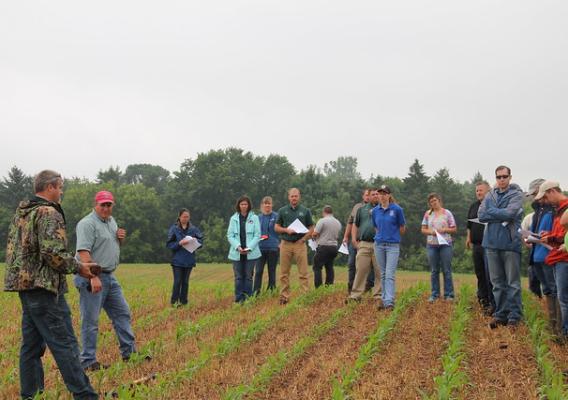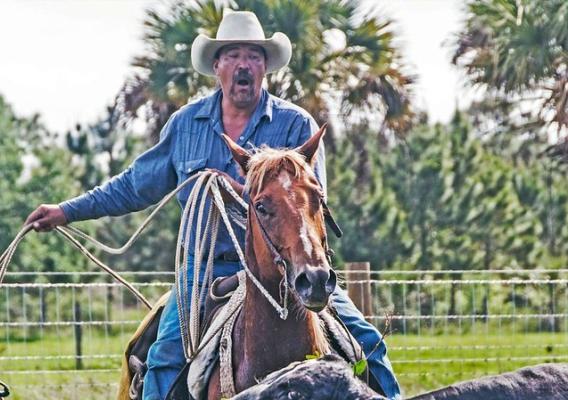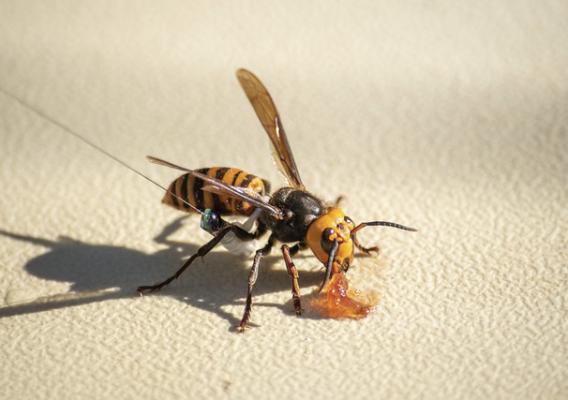The U.S. Department of Agriculture’s Natural Resources Conservation Service (NRCS) is the nation’s largest funder of conservation on private land. For decades, NRCS staff have worked hand-in-hand with America’s farmers, ranchers and forest landowners to provide hundreds of millions of dollars in funding and technical assistance, delivering valuable practices like cover crops, no-till, windbreaks, grazing management strategies and manure management facilities. Despite these efforts, less than ten percent of our nation’s working lands receive NRCS assistance in any given year. NRCS is constantly trying to close this gap, expanding the reach of its programs through innovative grant programs like the Conservation Innovation Grants (CIG) and the Alternative Funding Arrangement component of the Regional Conservation Partnership Program (RCPP AFA). Moreover, in recent years, the agency has begun exploring conservation finance as a new tool to deliver support for a diverse array of projects, benefiting a larger percentage of farmers, ranchers and private forest landowners.

